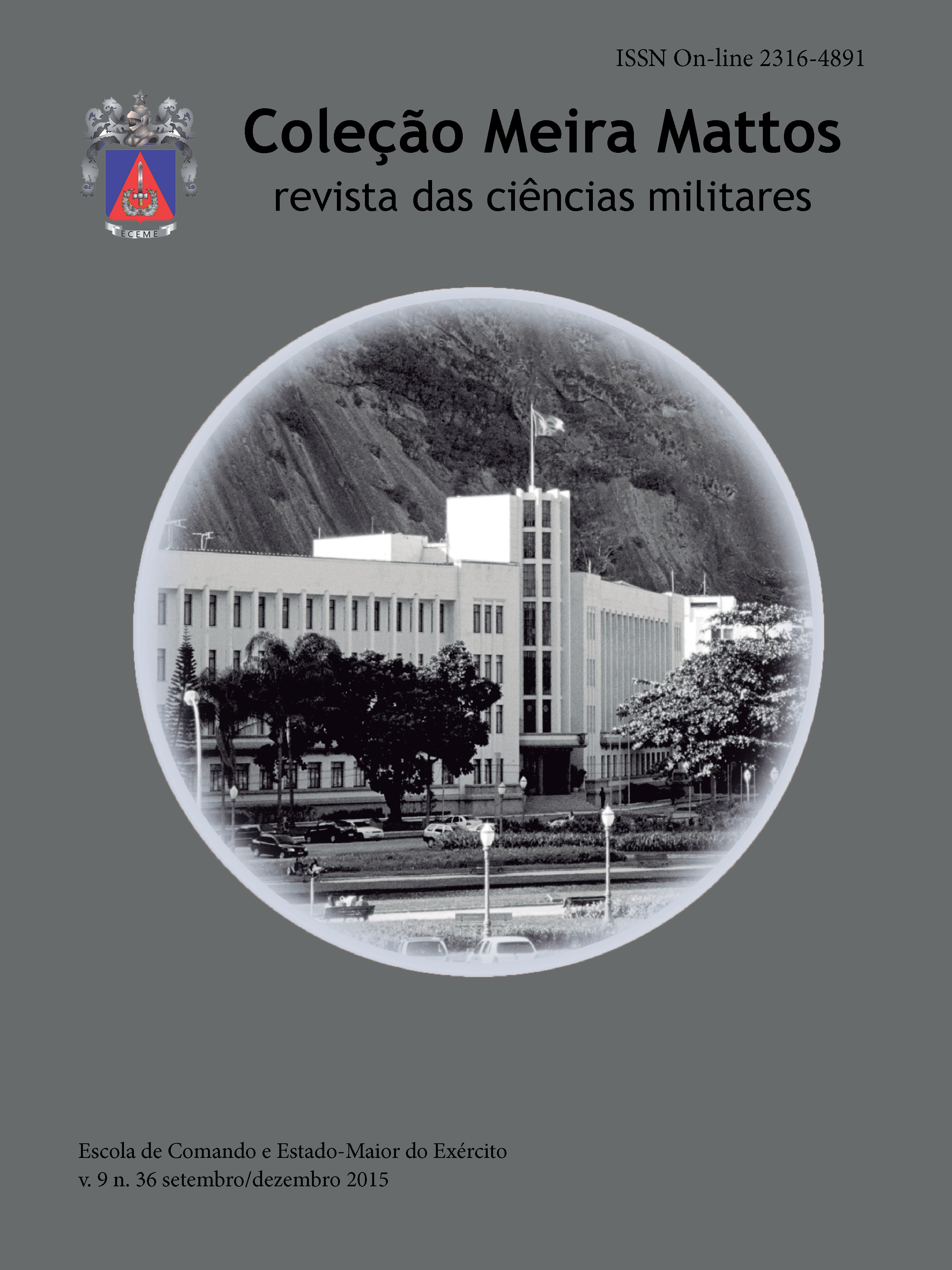Metamorphosis of Terrorism
Main Article Content
Abstract
In recent years terrorism has once again dominate the international agenda. The international community has witnessed successive violent demonstrations, and it is therefore appropriate to address the problems of this phenomenon and assess its changes over the years in order to identify the main differences. The conflict between States ceased to be the scene of armed conflicts, at least partially. The phenomenon of terrorism (re) arises but yet now on a global scale, surpassing tactical effects easily quantifiable and in a context where terrorism is presented as a violent action technique. This phenomenon, in itself, is not entirely new. Terrorism presents itself with a strategic reach capacity, not by actions but by its effects and consequences on a global scale and with significant impact on world public opinion. Thus, it is important to understand what are the main changes that terrorism has undergone over the last few years. This study consists in a holistic analysis methodology of terrorism concept, aiming to understand the concept itself and its adaptation in different moments in time. To this aim, an analogy between two different terrorism moments in time is made: during the Cold War, here designated by “traditional terrorism” and today’s terrorism, here designated by “contemporary terrorism”.
Downloads
Article Details

This work is licensed under a Creative Commons Attribution-NonCommercial-ShareAlike 4.0 International License.
Meira Mattos Collection is licensed
From 2019 under Creative Commons conditions (CC BY 4.0)
Until 2018 under Creative Commons conditions (CC BY-NC-SA 4.0)
Licenses are listed on the article access page and detailed on the Copyright page of this publication.
Copyright: The authors are the copyright holders, without restrictions, of their articles.
Notice
For any reuse or distribution, you must make clear to third parties the terms of the license to which this work is submitted.

